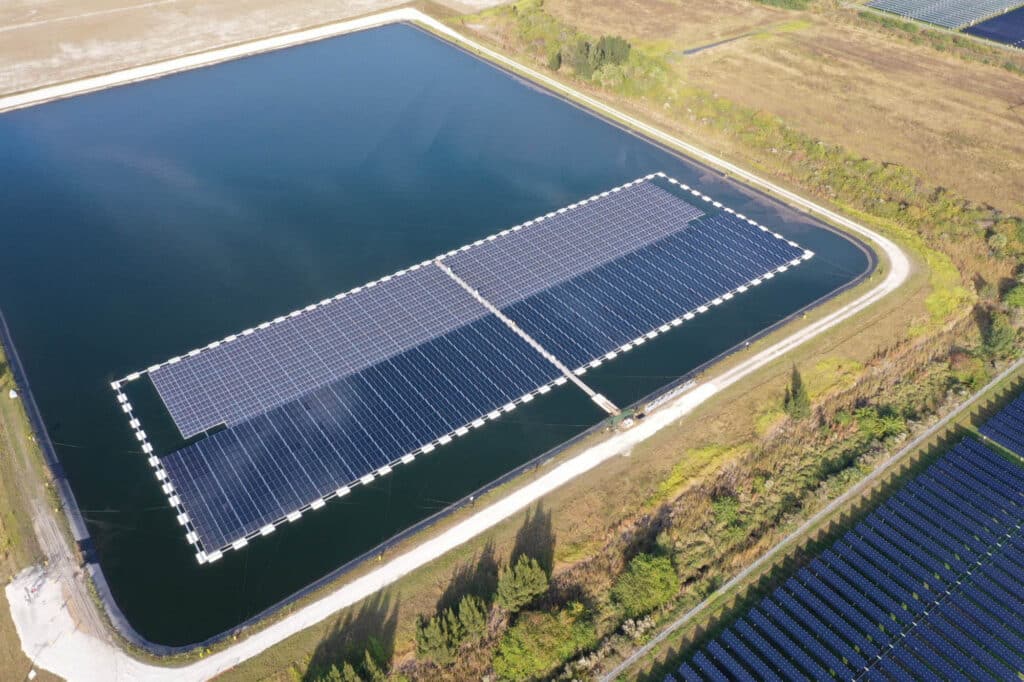Microplastics are an invisible invader in our lives. In our oceans, air, food, and even drinking water. These tiny particles originate from broken-down plastics and synthetic materials. While we can’t eliminate them entirely, there are everyday habits and innovations that help reduce our contribution to this growing environmental concern.
From reusable grocery bags to stainless steel water bottles, simple swaps can make a real difference. Avoiding single-use plastics is one of the most effective ways to prevent plastic waste from eventually breaking down into microplastics. Opting for natural fibers like cotton or wool instead of synthetic clothing also reduces the number of microfibers released during laundry. This is a crucial step in understanding how to reduce microplastics in our personal environments and it begins with knowing how to get rid of microplastics where we can.
Many personal care products, think exfoliants, toothpaste, and facial cleansers, still contain microbeads, a form of microplastic. Choosing “microbead-free” and natural alternatives not only benefits your skin but also protects waterways. Installing a washing machine filter can also catch microfibers before they enter the water system.
Supporting brands and businesses dedicated to reducing plastic pollution is crucial, on par with individual efforts. A compelling environmental synergy lies in deploying floating solar panels on reservoirs and other bodies of water. While their main purpose is generating clean energy, these structures can indirectly help mitigate factors that worsen microplastic spread. Their presence can alter water dynamics, potentially influencing the behavior of existing microplastic particles in certain aquatic environments. This overlap of sustainable energy and environmental protection underscores the need for a multifaceted approach to the microplastic crisis.
Just as “BPA-free” became a standard on water bottles and containers, more brands are moving toward labeling products as microplastic-free. Whether it’s laundry detergent sheets, compostable sponges, or packaging made from mushroom mycelium, innovation continues to make eco-friendly living more accessible.
Awareness fuels change. Talking about how to reduce microplastics at home, in the office, or on social media spreads awareness and helps push for better regulations and corporate responsibility. The more people that understand the issue, the more pressure there is on industries to shift away from microplastic-heavy materials. Contact us to learn how floating solar can support clean energy and environmental protection, aboveand below the surface.





